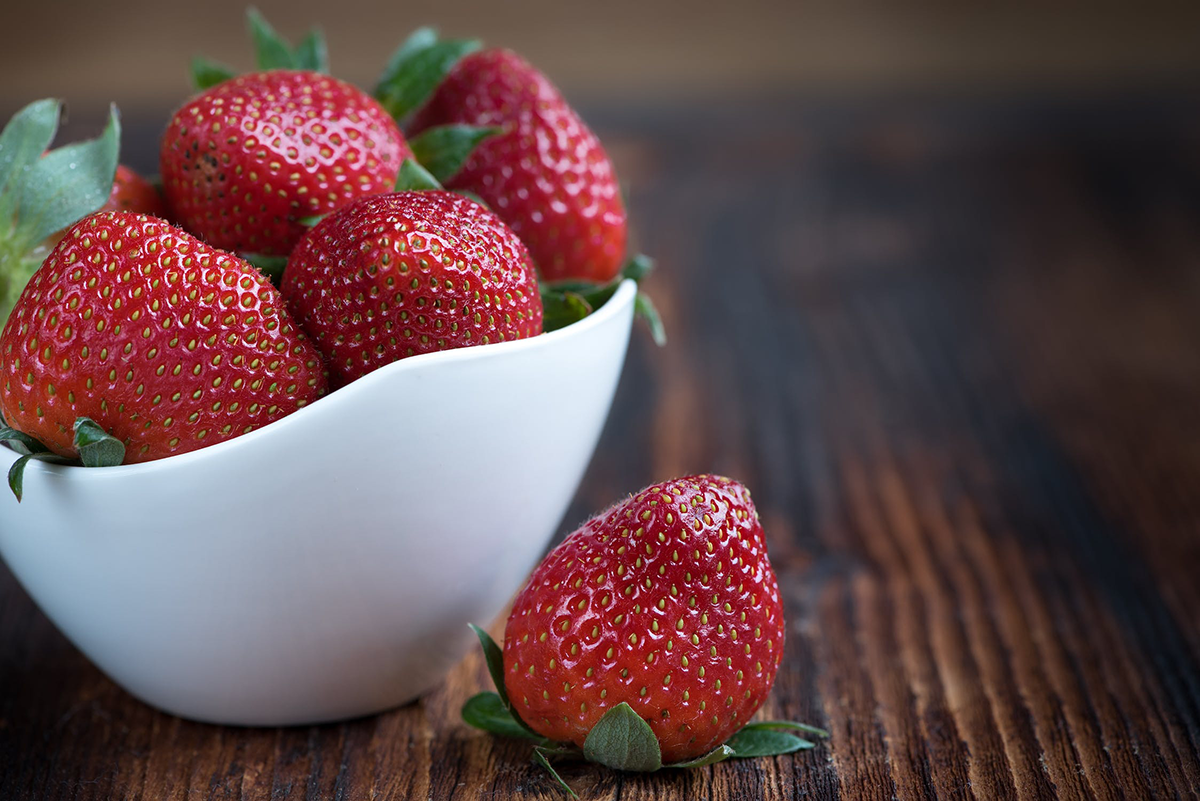Like me, you’ve probably been reeling from the skyrocketing prices at the supermarket over the last few months. Some of us are looking at the trifecta of pain — heating, eating, and retreating — and wondering which financial burden can be put off the longest.
Our landlords and loan holders tend, historically, to be less than forgiving when that check starts straggling beyond 15 or 30 days. Squatting, though not for the faint of heart, could be an option for 90 days or more depending on our ability to game the courts, but the dead of Winter might not be the best time to be studying Hobo-ing for Dummies. We could try drilling for oil and setting up a microrefinery behind in the trash shed. Maybe the building’s super won’t notice the solar panels we installed on the roof that are now powering the dozen or so space heaters scattered about…
No, our domiciles and their thermal characteristics are largely beyond our control, but FOOD is something we can do something about! Actually, quite a few things. This topic will be explored as a running series that touches on ways to increase frugality in the pantry. I don’t know about you, but I’m now seeing a whole lot of omens that this country is in for anything but harder times yet. Let’s help each other get prepped — can I get an AMEN?
Your Diet Can Be More Within Your Zone of Control
Remember that everything about food follows a cycle. And kind of like a Ferris Wheel, we want to show up at the entry gate, tickets in hand when the wheel comes to a stop with an empty carriage at the bottom, open and inviting us to hop in. January is that open carriage here in New England. Why? Because January is the month when all the seed companies, chick hatcheries, and tree & shrub nurseries are all gearing up to supply gardeners and backyard chicken herders (technically, maybe it should be chicken flockers, but…) with all the equipment and raw materials needed to shave a little or a lot off grocery bills.
If you have never gardened, or haven’t had the results you hoped for in the past, let’s start small and easy. Firstly, let’s pick some easy veggie kitchen staples to grow. Let’s also select a few items that aren’t exactly necessary, but that give you a flavor satisfaction like you’ve never known. Food fit for a king or queen, as the saying goes.
Why is growing some potentially frivolous fruits or veggies an indispensable part of home gardeing? Because as members of the proletariat, or at least the 97%, we need to remind ourselves that WE DESERVE THE HIGHEST QUALITY, every bit as much and more as do the elites. As I’ve told my kids, in raising our own free range chickens, and feeding them the best organic feed available, the eggs those girls gift us, laid that very morning, are better than any egg any president, pope, king, or sultan ever tasted.
We may have holes in our shoes. We may scan the butcher section for “manager’s special” deals (be ready to cook or freeze, pronto!). That does NOT mean we can’t have a few things in our lives that remind us that we have a right to DIETARY DIGNITY. And 2023 is the year to reclaim that dignity. But we have to act fast. Because supplies of some of the best shit are limited. We’re going to talk about three things we want to order right now over the next couple/few of days. Let’s start with:
STRAWBERRIES
When I first tried my hand at growing strawberries, I did what I always do — think too big. So let’s be reasonable this first time out, eh? There are two kinds of strawberries you can grow: June-bearing and everbearing. The first, as its name implies, puts out fruit in late Spring and early Summer, although with the climate crisis, that might shift to mid-Spring for all I know. Fertilized and cared-for properly, most varieties give you an explosion of sweet, juicy berries all at once. There is one sad catch to them, though. You can’t allow them to set berries the first year. Sigh, I know. But if you don’t start this year, you won’t have them next year. This year, you plant them and pinch off all the blossoms and “runners” that you see. This pruning allows the plants’ energies to go toward getting a strong start.
June-bearing
My favorite June bearing strawberry? SPARKLE. Hands down the variety with the most classic, old-fashioned strawberry taste, Sparkle is not the most prolific, nor does it provide the biggest berries, but man, oh man…when you taste them, you will KNOW what it means to be truly wealthy. Of course, you’ll cry a sweet river of strawberry tears at the end of June or beginning of July when the last berry has been slowly savored, which is why you ALSO want to order:
Ever-bearing
SEASCAPE (or ALBION) Both of these ever-bearing varieties have their strengths. I’ve heard people say that Seascape is tastier or that Albion has bigger berries. A-lot depends on growing conditions and how well you’re able to care for your berry patch. You can’t really go wrong with either. And the best part? You can harvest the berries the same season you plant! Typically, in our gardening hardiness zone (Mix of 5a and 5b in North County and pretty solidly 5b in South County) you need to pick the blossoms and runners off the plants until about the end of the first week of June, but after that, feel free to watch the flowers metamorphose into fruit you can indulge your wildest berry cravings. You’ll notice productivity dropping off in the hottest weeks of the Summer, but either of these ever-bearing, true to their brand, will rebound when the days begin to cool off again in mid to late August.
I know you have questions about how to actually plant and care for these berry starts. Don’t sweat it just yet. If you order from FEDCO, which I STRONGLY recommend (and no, I don’t get a commission) they already know when the weather is right to ship them based on your zip code, which won’t be for a few months yet.
Support a worker/shopper -owned coop
Why do I like Fedco? Because they are a coop — 60 percent shopper owned and 40 percent worker owned! Here’s how they describe that model:
We are a cooperative, one of the few seed companies so organized in the United States. Because we do not have an individual owner or beneficiary, profit is not our primary goal. Consumers own 60% of the cooperative and worker members 40%. Consumer and worker members share proportionately in the cooperative’s profits through our annual patronage dividends.
Our cooperative structure gives workers a real voice in running the company and a real stake in its success, enabling us to attract and retain talented workers. Year after year our staff turnover has been very low.
Our company culture derives from our history as a cooperative. Our first customers were other cooperatives and we developed many of our procedures specifically to serve them. Although we have diversified, a significant proportion of our business still comes from cooperative or group orders. Our dedicated group-order coordinators are partners in our business. We encourage you to make cooperation work for you by forming ordering groups to take advantage of our generous volume discounts. It is easy to form a group: get together with friends, neighbors, co-workers or other members of your club, grange, county or state organic chapter, church or coop. See more information about sending your group order in the mail or about group ordering online.
FEDCO Seeds
Care to cooperate?
I have to order some Sparkle and either of the ever-bearing varieties I mentioned. Anyone want to cooperate and set up a group order? We need to move fast though, because these garden candy starts sell out fast.
E-mail me at [email protected]










One of the highlights of my childhood in Ghent, New York was the annual harvest of our large patches of strawberries and raspberries. We enjoyed them on our cereal, ice cream, and of course shortcake. We sold countless pints and quarts of these delicious berries to passing motorists on Route 66, spreading joy all over Columbia County and beyond.